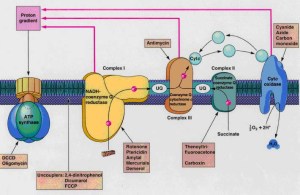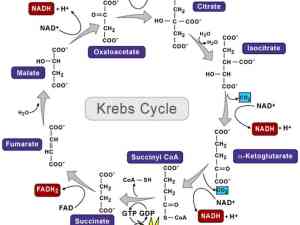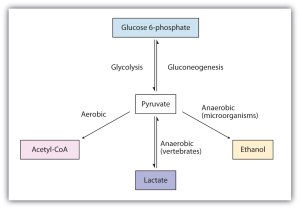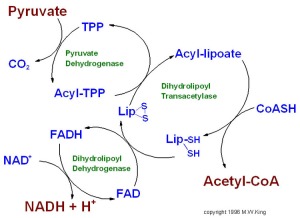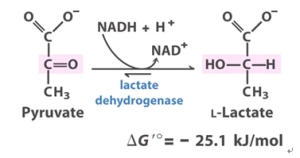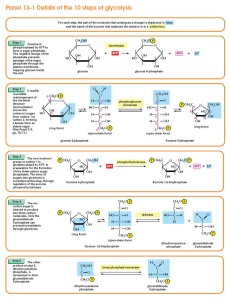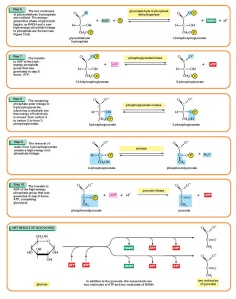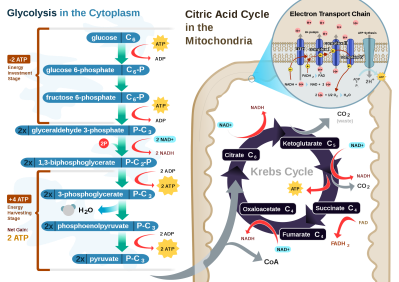Mr. Khan he is a life saver, helped me sooo much in understanding this topic!
Reflection: ETC, this one one of the hardest parts of cellular respiration reactions for me to grasp, because of all the hydrogen gradients and moving from outer to inner membrane was so confusing. But I can say now I have thoroughly defeated the enemy Gundam style! \m/
So the ETC is where we get all our bulk ATP, so lets do a quick count up
from Glycolysis= 2ATP
from Krebs=2ATP
Other molecules so far
Glycolysis=2 NADH
Krebs= 6 NADH + 4 CO2
Prepatory stage of pyruvate= 2 NADH + 2CO2
Taotal=10 NADH
Krebs= 2 FADH2
The total according to respiration we are supposed to get is 38 ATP. So far we have 4 ATP
C6H12O6 + 6 O2 → 6 CO2 + 6 H2O + Energy (38ATP + heat)
The remaining ATP is generated from oxidation of NADH and FADH2, which yield 10 ATP and 4 ATP respectively, giving us the total 38 ATP . How does it do this?
Well the electrons released from NADH go from a higher energy state to a lower one releasing energy going through the NADH dehydrogenase, Succinate Dehydrogenase, Cytochrome bc1 complex and Cytochrome c oxidase. This energy is then used to pump H+ ions into the outer membrane by these complexes listed and due to accumulation of H+ in the outer membrane try to get back into the inner membrane to reduce the saturation of H+ in the outer membrane. The H+ goes through the giant protein ATP Synthase which uses the energy from the proton gradient to combine the ADP and inorganic phosphate to combine to form ATP, and from as seen from 1 NADH= 3 ATP and FADH2= 2 ATP. The electrons final acceptor is oxygen which is reduced to water and from the 10 NADH and FADH2 we get 6 H2O.
So, there have it ETC and the compeltion of cellular respiration in a nutshell!
